
Recognizing Symptoms of Feline Ocular Squamous Cell Carcinoma
Learn how to identify the signs of feline ocular squamous cell carcinoma. Our guide covers the key symptoms and their importance for early detection.
Introduction
Welcome to our comprehensive guide on recognizing the symptoms of feline ocular squamous cell carcinoma (FOSCC). As a cat owner, it is crucial to be aware of the signs that may indicate this serious condition. Early detection can make a significant difference in the treatment and overall prognosis for your beloved feline companion.
In this article, we will delve into the various symptoms associated with FOSCC, providing you with the knowledge necessary to identify potential indicators of the disease. By understanding these symptoms, you can take prompt action, seeking veterinary assistance when needed.
Recognizing Symptoms of Feline Ocular Squamous Cell Carcinoma
Feline ocular squamous cell carcinoma primarily affects the eyes of cats, particularly the cornea and conjunctiva. By recognizing the symptoms, cat owners can play a vital role in ensuring early intervention and appropriate treatment. Here are the key symptoms to look out for:
-
Persistent Eye Redness and Irritation: If your cat’s eyes appear persistently red, accompanied by signs of irritation such as excessive blinking or rubbing, it could be indicative of FOSCC. Redness and irritation are common early symptoms that should not be overlooked.
-
Cloudiness or Change in Eye Appearance: Keep an eye out for any cloudiness or changes in the appearance of your cat’s eyes. FOSCC can cause opacity or clouding in the affected eye, which may progress over time if left untreated.
-
Ulcers or Lesions on the Eye: FOSCC can manifest as ulcers or lesions on the surface of the eye. These may appear as abnormal growths or lumps, and they can vary in size and shape. It is essential to monitor your cat’s eyes regularly for any such abnormalities.
-
Tearing or Excessive Eye Discharge: Excessive tearing or eye discharge is another symptom that warrants attention. If you notice a significant increase in tearing or the presence of abnormal discharge, it is crucial to consult a veterinarian for further evaluation.
Remember, these symptoms may not be exclusive to FOSCC and can also be indicative of other eye conditions. It is essential to consult a veterinary professional for an accurate diagnosis.
FAQ: Frequently Asked Questions about Feline Ocular Squamous Cell Carcinoma
-
What are the initial signs of FOSCC?
- The initial signs of FOSCC often include persistent eye redness, irritation, and cloudiness.
-
Can FOSCC affect both eyes simultaneously?
- Yes, FOSCC can affect both eyes simultaneously, though it may initially manifest in only one eye.
-
Are certain cat breeds more prone to developing FOSCC?
- While any cat can develop FOSCC, certain breeds, such as Siamese and Himalayans, may have a higher predisposition to the disease.
-
How is FOSCC diagnosed?
- FOSCC is typically diagnosed through a comprehensive eye examination, which may include visual inspection, staining, and potentially a biopsy.
-
What treatment options are available for FOSCC?
- Treatment options for FOSCC may include surgical removal of the tumor, cryotherapy, radiation therapy, or a combination of these approaches. The best course of action will depend on the stage and severity of the disease.
-
Can FOSCC be prevented?
- While prevention may not be entirely possible, minimizing sun exposure and providing a balanced diet rich in antioxidants may help reduce the risk of FOSCC.
Conclusion
In conclusion, recognizing the symptoms of feline ocular squamous cell carcinoma is crucial for early detection and effective treatment. By remaining vigilant and regularly examining your cat’s eyes, you can play a vital role in ensuring the overall well-being of your feline companion.
If you observe persistent eye redness, cloudiness, ulcers, excessive tearing, or any other concerning symptoms, it is imperative to seek veterinary attention promptly. Remember, the earlier FOSCC is diagnosed, the better the chances of successful treatment and improved quality of life for your beloved cat.
Stay proactive, prioritize your cat’s eye health, and consult with a veterinary professional for accurate diagnosis and personalized treatment options. Together, we can ensure the well-being of our feline friends and provide them with the care they deserve.

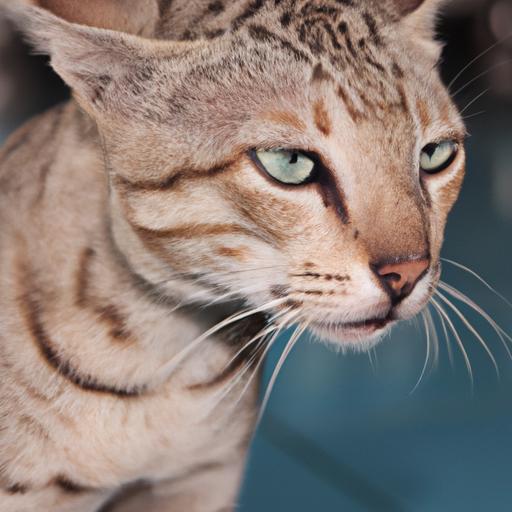
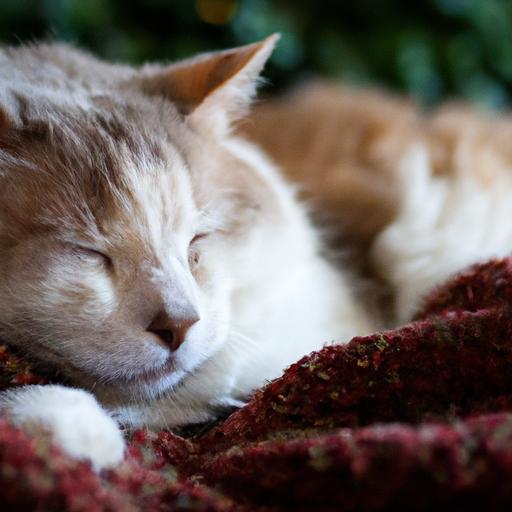
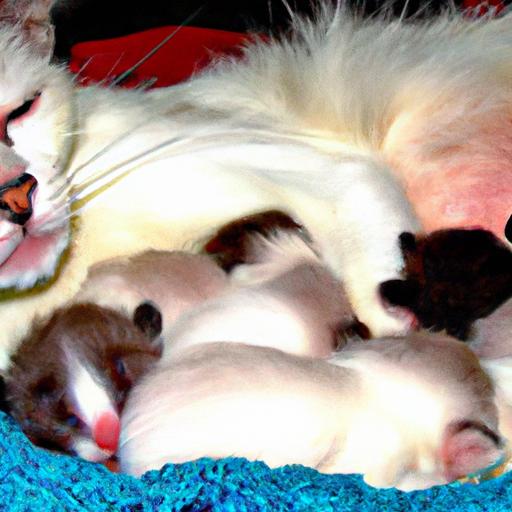

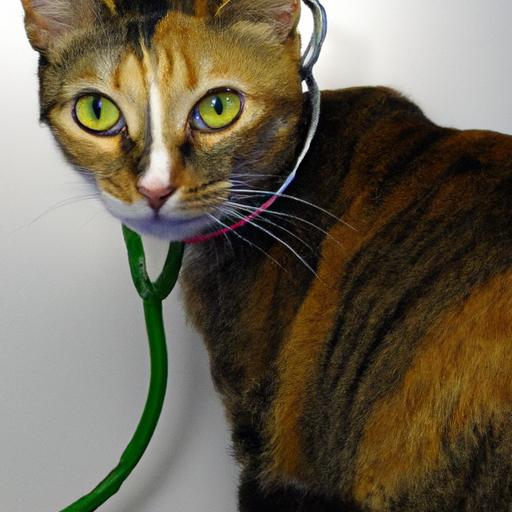
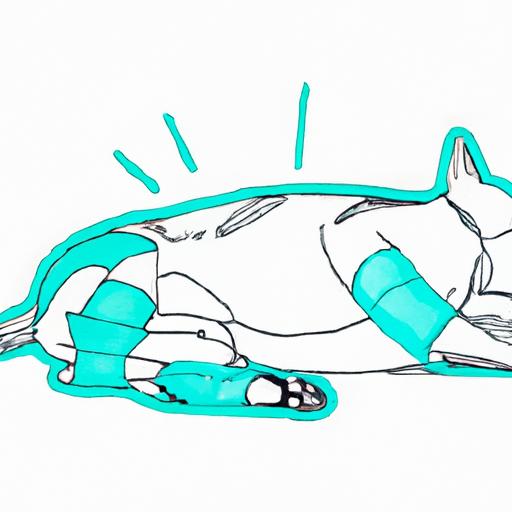

















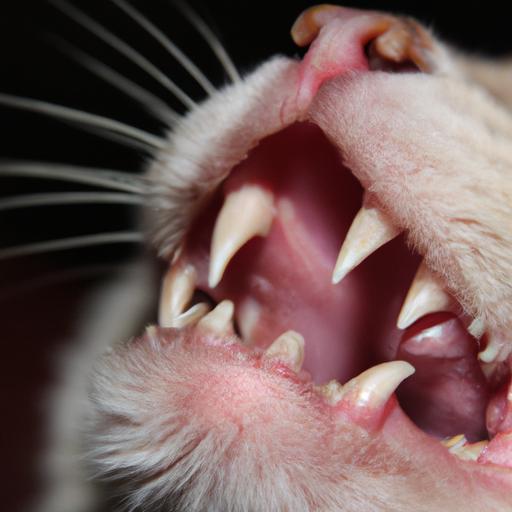


.jpg)



